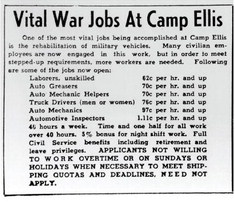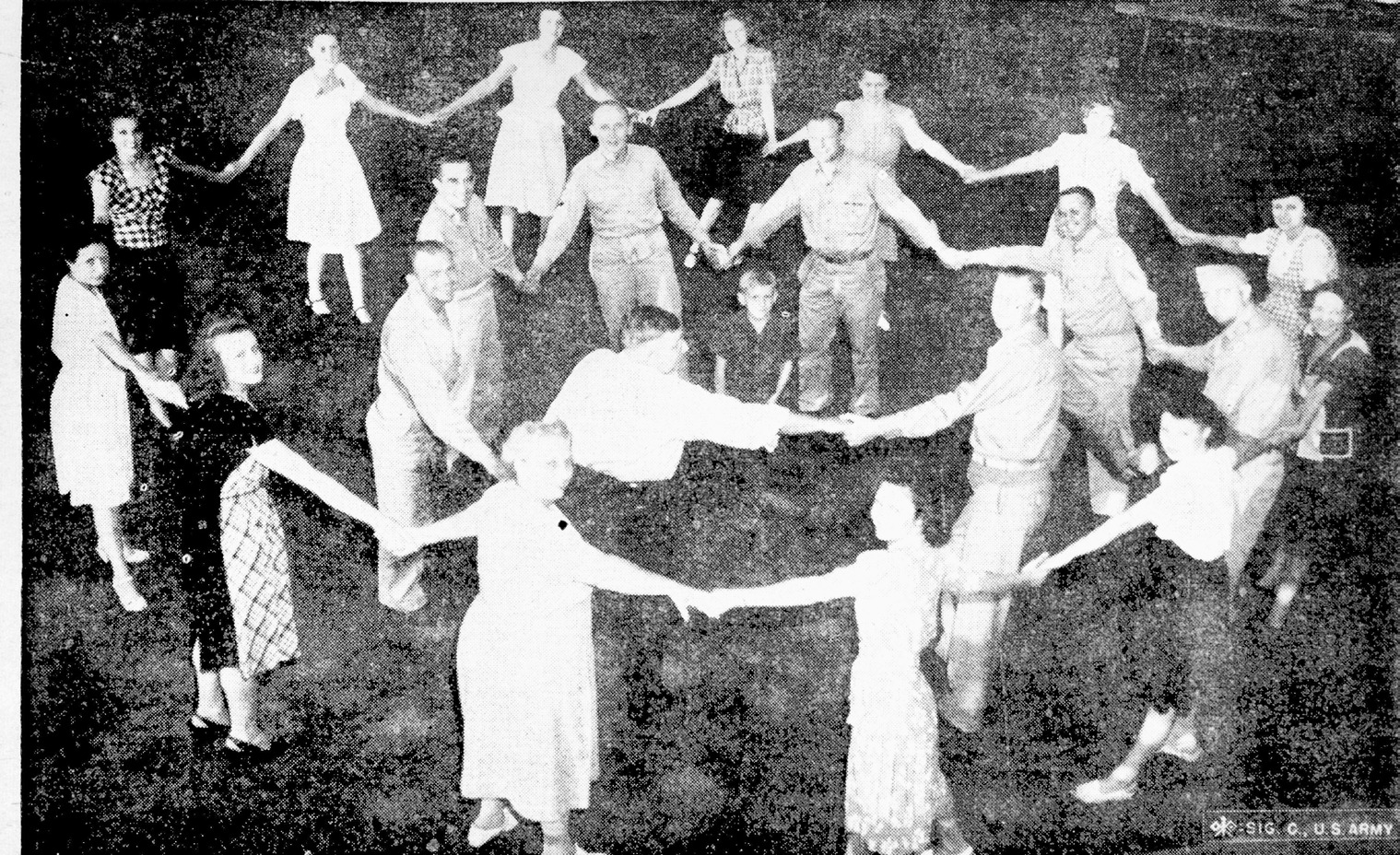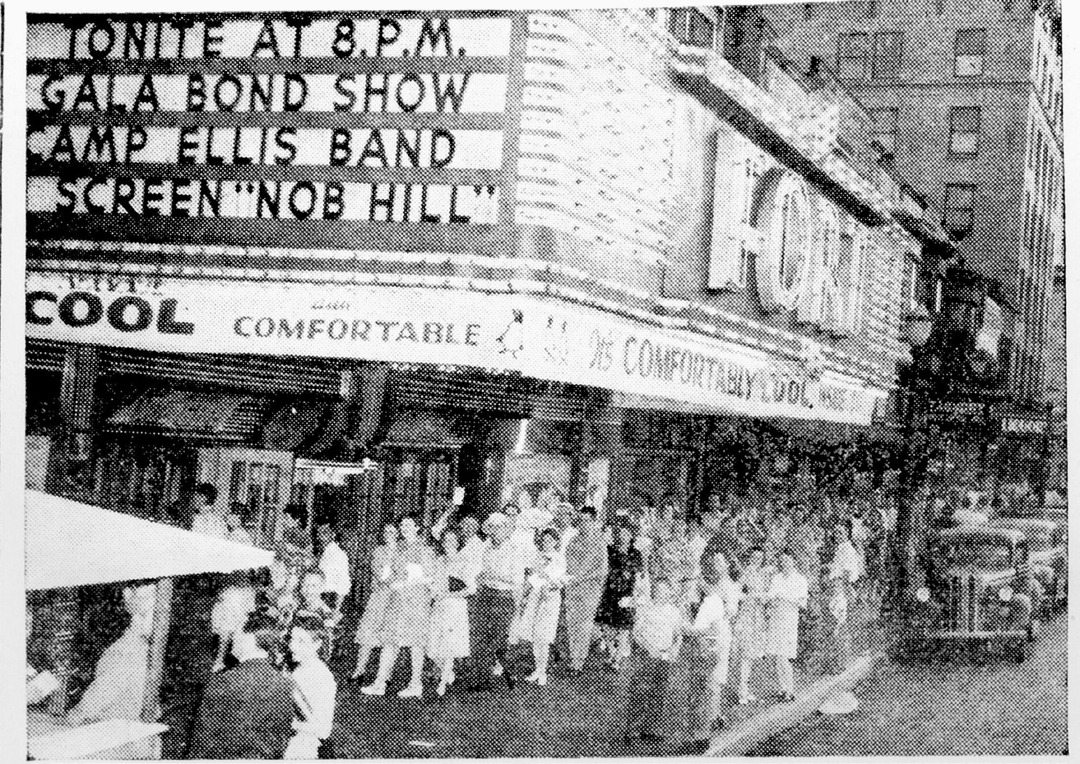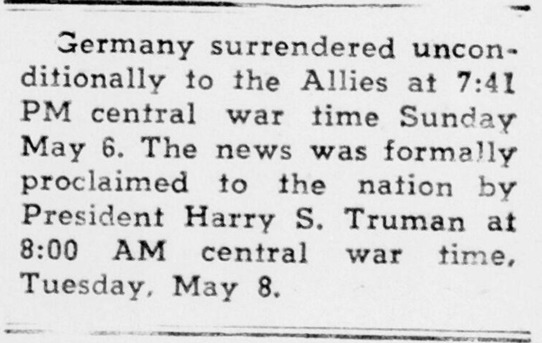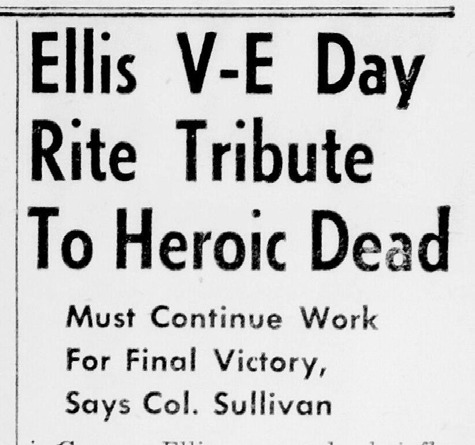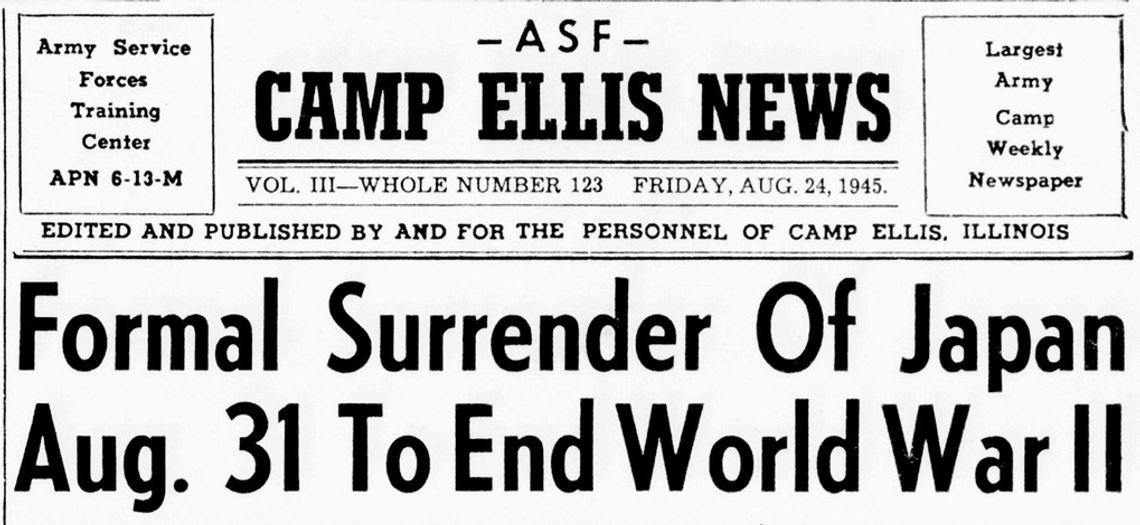Editors note: Camp Ellis Day will be held Saturday, Sept. 6 in Ipava, Illinois.
This article begins a series of three about Camp Ellis in 1945 as WWII closes and its uses after the war. We will answer the question, “Why can’t I see any of the camp anymore?” Camp Ellis was a WWII Army camp that trained support services for the war efforts. Quartermaster, Engineer, Signal Corps, Medical, Special Services, and Prisoner of War units were all part of Camp Ellis.
1945 - the year World War II ended.
The Allied forces had been at war for almost six long years when Germany invaded Poland. The year began with Allied success in Europe with the defeat of the Nazi Army in the Battle of the Bulge. Progress was made as the Russian Army liberated Warsaw, Poland.
Allied Forces pushed on toward Japan after fighting through dense jungles on small islands across the southwest Pacific. In late February of 1945, Iwo Jima was the next island to be landed on.
By 1945, Camp Ellis faced an interesting future. The camp's purpose was to train troops to support the Army in Europe and the Pacific.
Training for most units took four to eight months. By early 1944, most units were in Europe for Operation Overload—the invasion of Normandy. Of the 456 units trained at Camp Ellis the majority were long gone by January 1945.
In Europe, the 22nd Hospital Train, 103rd & 119th General Hospital units, the 1301st, 1303rd, and 1306th Engineer General Service Regiments worked in combat conditions for at least nine months. The 246th Signal Operation Company landed on D-Day in France. The 274th Bakery Company – Mobile Special arrived in England and was well on its way to baking over 1 million pounds of bread for the troops. The 4009th Quartermaster Truck Company had spent a month and a half clearing Normandy's beaches post-Day.
In the Pacific, the 344th Station Hospital, 52nd Portable Surgical Hospital, 567th Engineer Dump Truck Company – an all-black soldier unit – saw intense fighting in New Guinea. Two units from Camp Ellis—the 590th Quartermaster Salvage Repair Company and the 72nd Malarial Control Unit—were sent to Algeria, India, and Burma.
While the world moved closer to the war's end, the war effort needed even more human resources. Another 24 Ellismen were accepted for training in the Army Officer Candidate Schools.
From July 1944 to January 1945, more than 330 Ellismen followed this path to promotion.
Secretary of War Stimson announced that the Army combat casualties for all theatres through December 1944 totaled almost 600,000 men. Camp Ellis was not immune to losses. It hosted an important ceremony for Pvt. Willie J. Wilson, a medical technician at the Station Hospital. She received her husband, PFC Belton Wilson’s Bronze Star posthumously at the ceremony. Belton had been killed in January of 1944 in France during the invasion of Europe. Willie had joined the WACS a month after her husband was inducted into the Army in December 1943.
As the months passed, schools for military personnel in typing and shorthand were opened to local civilians due to the decreasing military population. Camp Ellis News continued to advertise civilian positions that needed filling. Clerks, typists, janitors, and firemen were all in short supply.
May brought a quick observance of V E Day at Camp Ellis, with Camp Commander Col. John S. Sullivan reminding the troops and civilians there was no celebration, but a solemn reminder of the heroic dead of the war.
The July 6, 1945 Camp Ellis News announced that the National Barn Dance would be coming to Ellis at the end of the month. War bond sales were important work for those at the camp. The latest efforts for sales culminated in a talent show in Rock Island where $200,000 was raised for the purchase of bonds.
The furlough train to Chicago on weekends was cancelled due to a lack of patronage. The Main PX at the camp reduced its hours of service. It was evident that things were slowing down just two short years after the dedication of the bustling camp. The war was nearing its end.
On the Friday, August 24, 1945 Camp Ellis News announced what everyone had been waiting for. The Japanese would formally surrender and end WWII.
The paper shared the wonderful news with the special notice all administrative offices would be closed the following day. Troops shared vigorous handshakes and violent back slaps congratulating one another on the news. Some made their way to the camp chapels to share their gratitude that no more lives would be sacrificed. The very next page shared discharge plans for five million troops by 1946.
The war was ending.
The excitement of the war’s end brought questions. What was to become of Camp Ellis? How long would the civilian jobs last?
What would happen to the troops, buildings, equipment, and everything else at Camp Ellis? Uncertainty brought anxiety, but for now, the elation at the news of the war's end overcame all the anxiety.
IMPROMPTU CELEBRATION staged by Ellis personnel Tuesday, Aug. 14, when news of Japan's capitulation came over the air. Nearest the camera at the bottom of the picture are Mary Park and Corlinne MacDonald, Continuing clockwise on the outer circle- Hele Yelton, Lillian Hill, Jane Boyce, Betty Taylor, Pat Fritscher, Jean Follkman, Alice Morton.
Florence Vliet, Mrs.Louise Braden Mrs. Catherin Ellis, widow of Sgt. Michael Ellis, World War I Veteran, after whom the camp is named, and Mary Hartman.
In the inner circle, glancing over his shoulder, is Ray McIntire, of the Telephone Company, Sgt.
Buck Erickson, W (jg) Reilly, Sgt. Curtis Peck, Sgt. Clem Hahn, Sgt. Howard Hapeman, Major Gilmour B Congreve and Major Edwin F. Evenson.
The little lad in the center is Georgie Braden, son of Mrs. Louise Braden (Official U.S. Army Signal Corps Photos)
